



Peaceful Transitions
13 items
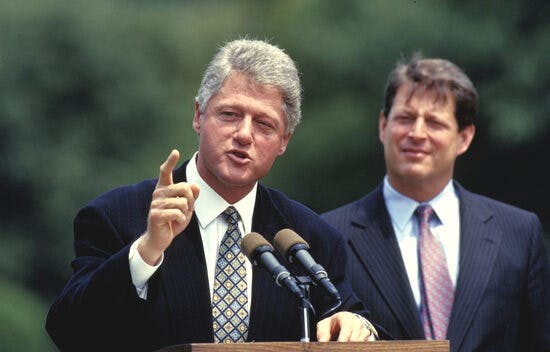
Civic Friendship: “I am rooting hard for you”
E Lesson
E Lesson
20 Min
"You will be our President when you read this note. I wish you well. I wish your family well. Your success now is our country's success. I am rooting hard for you."
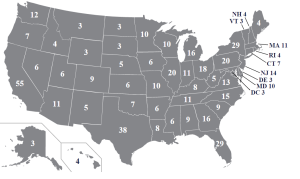
Electoral College
Resource
Resource
The Electoral College is the system used by the United States to elect its lead executive. The College is outlined in Article II, Section 1 and in the Twelfth and Twenty-Third Amendments to the United States Constitution.
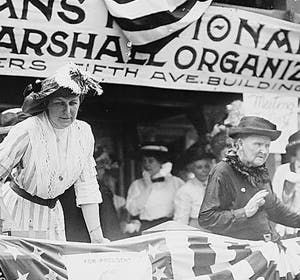
Elections
Lesson - 11 Activities
Lesson
11 Activities
140 Min
Elections have consequences. They decide who holds power and therefore the laws that we live under. But they also reflect principles of federalism and consent of the governed, as well as the complexity of the American system.
140 Min

Contentious Elections and the Peaceful Transition of Power
E Lesson
E Lesson
20 Min
Contentious elections are nothing new in U.S. history. This eLesson explores some of our most bitter presidential elections, and challenges students to analyze the value of a peaceful transfer of power within our governing system.
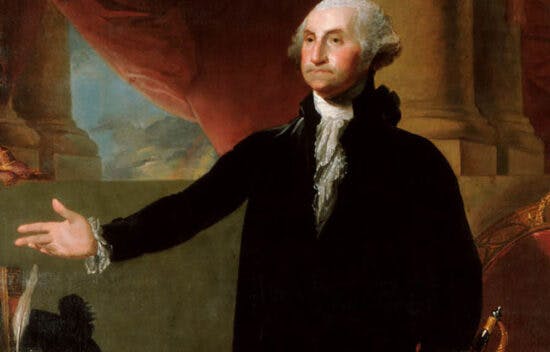
Establishing a Government of Laws, Not Men: George Washington’s Retirement and Responsibility
Lesson - 1 Activities
Lesson
1 Activities
45 Min
How did George Washington act responsibility as Commander-in-Chief following the Revolutionary War?
45 Min
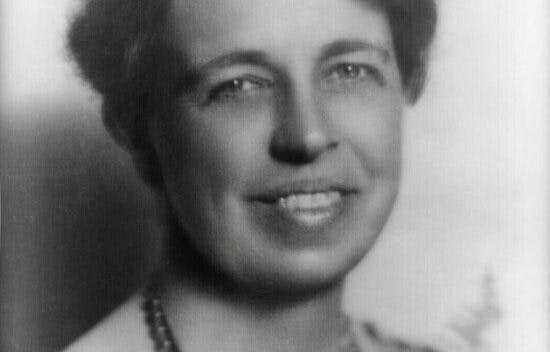
The True Meaning of Democracy: Eleanor Roosevelt, Marian Anderson, and Respect
Lesson - 1 Activities
Lesson
1 Activities
45 Min
In this lesson, students will learn about the respectful action of Eleanor Roosevelt towards Marian Anderson. They will explore how this demonstration of respect helped shape Mrs. Roosevelt’s purpose and identity and learn how similar displays in their own lives can help them in like manner.
45 Min
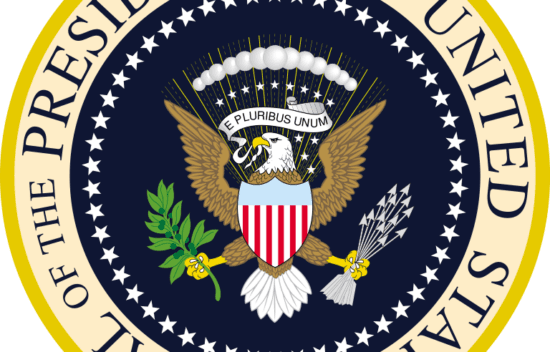
The Twenty-Fifth Amendment
E Lesson
E Lesson
20 Min
At the White House ceremony that certified the ratification of the Twenty-Fifth Amendment, President Lyndon Johnson noted that
“It was 180 years ago, in the closing days of the Constitutional Convention, that the Founding Fathers debated the question of Presidential disability. John Dickinson of Delaware asked this question: "What is the extent of the term 'disability' and who is to be the judge of it?" No one replied."
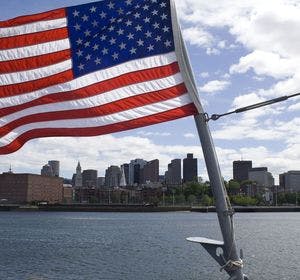
Essay: Civic Virtue and Our Constitutional Republic
Essay - 1072 Words
Essay
1072 Words
The United States Founders believed that certain civic virtues were required of citizens in order for the Constitution to work. Numerous primary sources—notably the Federalist Papers and the Autobiography of Ben Franklin—point us to the “Founders’ Virtues.” You will explore some of the following civic virtues as an integral part of Documents of Freedom.
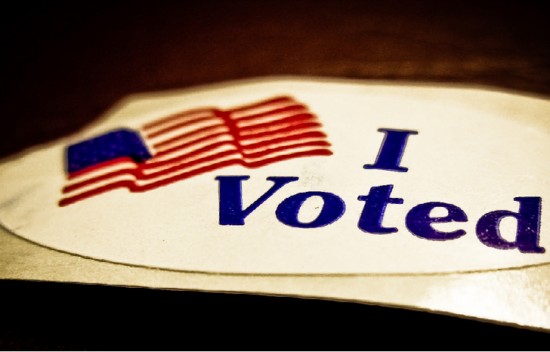
The Electoral College and Popular Vote for the President
E Lesson
E Lesson
20 Min
With the outcome of last week’s election, many Americans are questioning the history and validity of the electoral college. This lesson will help you think through the critical issues surrounding the structure and foundational philosophy of the Electoral college with your students.
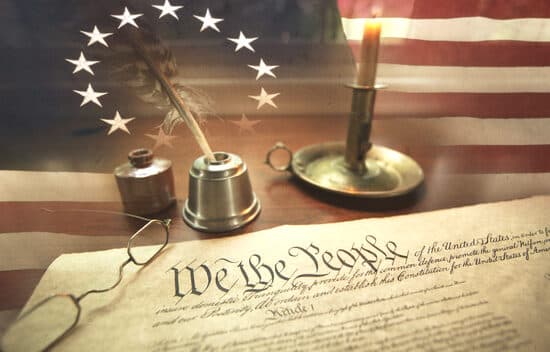
The Constitution
Primary Source - 8564 Words
Primary Source
8564 Words
The Constitution was written in the summer of 1787 in Philadelphia, Pennsylvania, by delegates from 12 states, in order to replace the Articles of Confederation with a new form of government. It created a federal system with a national government composed of 3 separated powers, and included both reserved and concurrent powers of states.
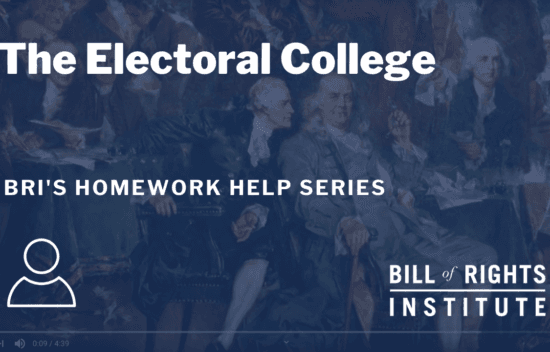
The Electoral College | Homework Help from the Bill of Rights Institute
Video
Video
7 Min
In this Homework Help narrative, learn about the origins and functions of the Electoral College. This constitutional institution has long been the subject of intense debate and scrutiny, and this video challenges students to think about it for themselves.
7 Min
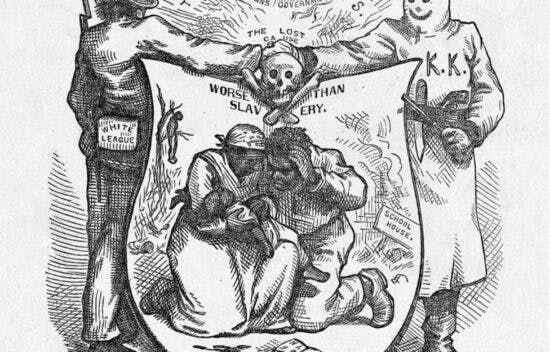
The Ku Klux Klan and Violence at the Polls
Essay - 2499 Words
Essay
2499 Words
How did the KKK suppress black rights in the 1860s and 1870s?
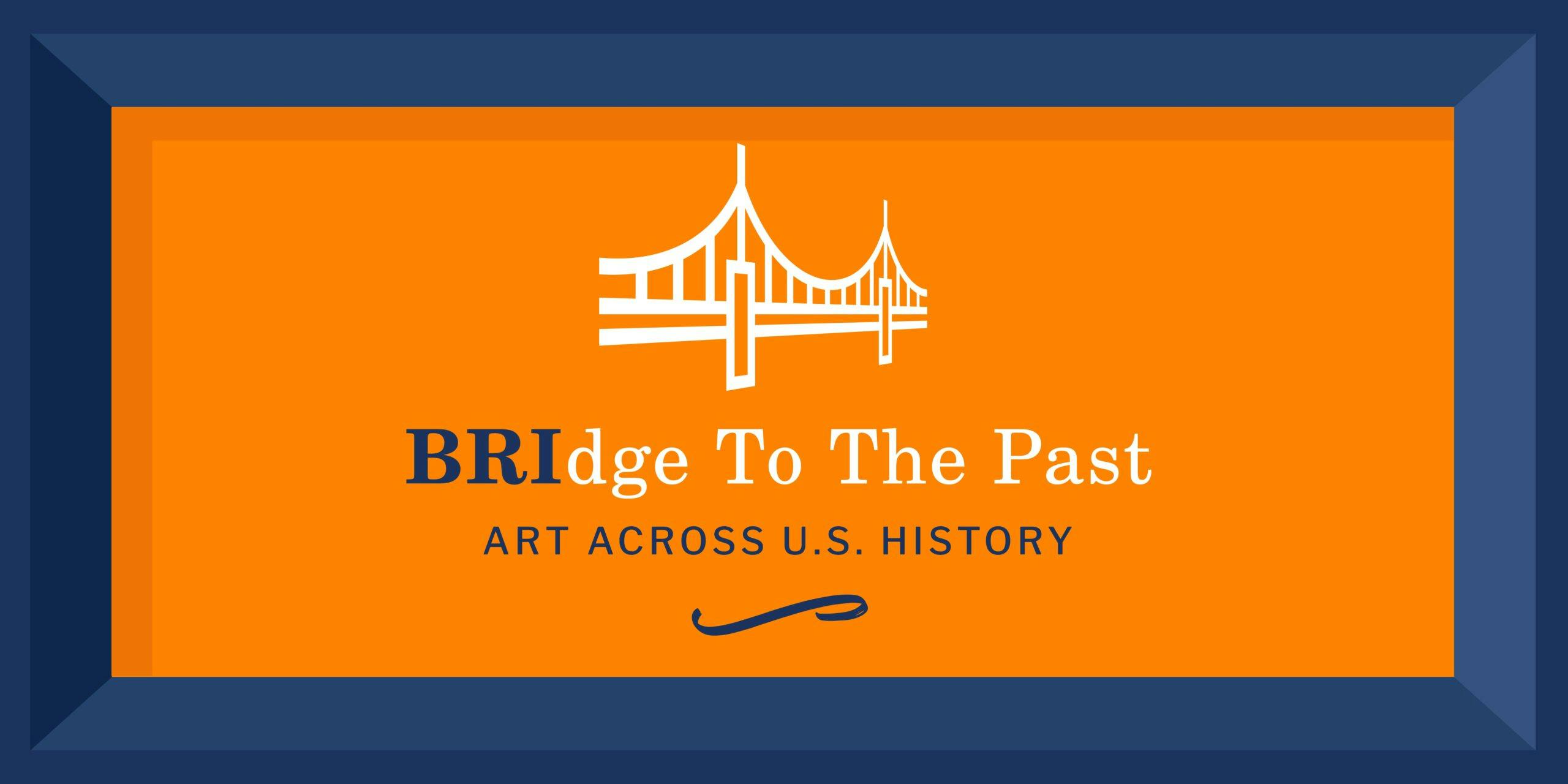
Continuity or Change?
Presidential Elections |
BRIdge from the Past: Art Across U.S. History
Video
Video
15 Min
In this episode, Mary and Josh analyze a political cartoon depicting the controversial 1824 presidential election in a unique way.
“A foot-race” (1824) shows a crowd cheering on candidates John Quincy Adams, William Crawford, Andrew Jackson,
and Henry Clay as they race toward a finish line. Which details stand out to you as meaningful,
and what do they convey about popular opinions on the election?
15 Min